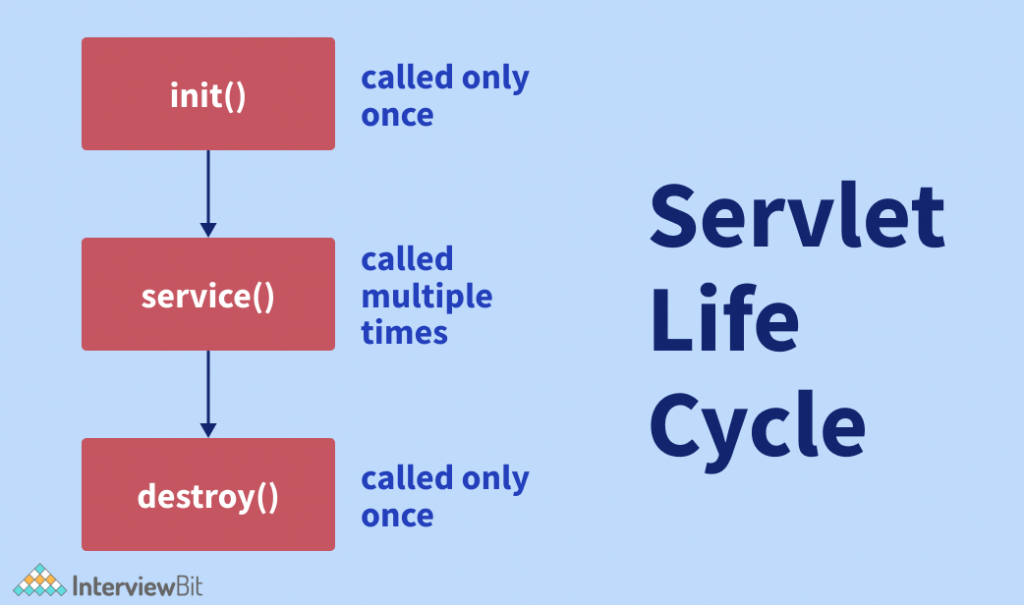Introduction
JSP is one of the most used server-based technologies, it separates business logic from the presentation layer of any project. JSP (Java Servlet Pages) is a technology that is used to develop different interactive Web pages, web applications, and applications which are normally HTML pages that are embedded with Java code. JSP is an updated version of Java Servlets and was developed by Sun Microsystems.
On the other hand, Servlet is a Java Programming language used for programming larger projects where servlets are used to extend the servers’ capabilities needed for the program. Servlets are also known for responding and types of requests with extending capabilities. Classification between JSP vs. Servlet will help you better know the differences and the working of it.
What is JSP?
The HTML tags are used to insert JAVA scripts into HTML pages using JSP (Java Server Pages). There is a translation step in which the developer must first process the JSP file using the JSP engine before connecting to the web server once the compilation is completed. JSP is easy to develop in a very simplified and easy-to-understand manner. JSP has a wide range of applications, and because of this, this technology is preferred mostly commonly for developing web applications.
Confused about your next job?
The lifecycle of JSP is grouped in phases while performing the process from the start till execution. The process starts from the JSP page translation, and after that, JSP page completion is done where generated java Servlet files have complied into a java Servlet class. After compilation, the class loading is done in a web container, and this is where the execution phase gets start. Here the containers adjust the request received to respond to them. In the Initialization phase, jspInit() is called after the instance was created. Same as this then jspService() and jspDestroy() are called for execution of the program.
Advantages
- JSP containers provide · Ease of coding while accessing standard objects and actions.
- The best part of writing codes in JSP is that it provides the service of writing once and runs anywhere. i.e., On any operating system, we can run the code.
- Very easy to maintain the code for future use as the business logic is already separated from presentation logic.
- Easy at the time of compilation of code after solving the errors found.
- It uses a simplified scripting language, which is based on syntax for embedding HTML into JSP.
Disadvantages
- It takes more time than usual when code is compiled for the first time as they compile on the server.
- Database connectivity is a bit difficult compared to others.
- The output we get is in HTML format, which is not rich in features.
- Tons of syntax sometimes make programmers difficult to understand what exactly is needed.
- JSP programs occupy much more space than any other language on your disks.
What is Servlet?
As discussed earlier, Servlet is a programming class platform for web servers that provides platform-independent and component-based ways for developing web-based applications without the limits of CGI (Common Gateway Interface) programs. Servlet of Java is defined by HTTP-specific Servlet classes for applications that require web server extension. Interfaces and classes for writing Servlets are provided by two primary packages. They’re Java, after all. Servlet and Javax are two terms that are used interchangeably. Servlet.HTTP.
The life cycle of Servlet is similar to the Java Server pages life cycle. At first, the Servlet classes are loaded in the web container. Then, as the classes get called in the program Servlets instance is created in which methods are invoked in a sequence as first int() then service () and at last destroy() method is called at the end of the program completion.

Advantages
- Rapid development is possible as Servlets have access to huge Java libraries that help us speed up the ongoing technology.
- Servlet applications are very much portable, and we can move them to other OS without any difficulties.
- As servlets have different processing models, they are faster than CGI (Common Gateway Interface) scripts.
- As of now, many vendors prefer to use Java-based technologies; Servlets are widely accepted worldwide and are in high demand.
- Servlets are easy to handle·
- Servlets provide large sets of APIs for Java platforms such as CORBA, Database access, Enterprise JavaBeans, email, and many more.
Disadvantages
- As the servlet code is written in HTML, it gets mixed with Java code, so changing one code might affect the other as well.
- As servlet programming is not thread-safe, developers have to be attentive to exception handling.
- Applications may slow down due to the design in Servlet as they are huge in capacity and lots of libraries are inserted, so while surfing, it may take time.
- The control moves through a meeting, including diverse servlets, which can be hard to follow for the software engineer.
- There is no specific compile-time guarantee as one Servlet at a time can be loaded into JVM (Java Virtual Machine).
Key Differences
- Java Server Page technology is an extension to the Servlet technology. So we can use all the features which are there in Servlet in JSP, but Servlet can’t use the features of JSP.
- JSP used a simplified scripting language based on the syntax to embed the HTML code into JSP.
- JSP is faster at the time of implementation and modification as it just needs to click on the restart button in the compilation window. In contrast, on the other hand, Servlet needs to recompile, reload and restart the whole server is needed.
- The overriding method as service () is possible in Servlet but not possible in JSP.
- Difficulty levels while writing code in Servlets are more complicated than in JSP.
- Servlets have life cycle methods as inti(), service() and destroy() whereas in the JSP lifecycle the methods used are jspInit(), jspService() and jspDestroy().
Difference between JSP and Servlet

The main difference between JSP and Servlet are given below:
| Basis | JSP | Servlet |
|---|---|---|
| Speed | JSP is slower in terms of compilation than Servlet as first it is translated and then complied | Servlet is faster in terms of compiling |
| Language base | JSP is a tag-based language that follows where code is written in HTML format | Servlet is completely Java-based code |
| Client-side validation | In JSP, the client-side validation is used while running the JavaScript at the client-side | In Servlet, there is no such method for running JavaScript on the client side. |
| MVC Pattern | JSP is used as showing output data in MVC(Modern Video Controller) Pattern | Servlet plays the role of controller in the MVC pattern |
| Importing Packages | The package can be imported into the JSP program (i.e., Top, middle, or bottom) | Packages need to be imported on the top of the program |
| Protocol | JSP accepts only HTTP protocol request | All requests of protocols are accepted by Servlet. |
| Implementation of logics | With the help of JavaBeans technology, business logic can be separated from presentation logic. | We have to implement business logic and presentation logic combined |
| APIs and JavaBeans | In JSP, the webpage makes use of JavaBeans | Servlets have specific APIs designed for them for processing. |
| Implicit Object | We have inbuilt implicit objects (e.g. Request, config, session,out, etc.) | Servlet doesn’t have inbuilt implicit object; if required, then it needs to be explicit from Servlet first. |
| Session management | Session management is atomically enabled by default while performing programs, | Session management is not enabled by default; we need to enable it explicitly |
| Coding | In JSP, coding is easier because they are tag-based | In Servlet, coding is difficult as compared to JSP. |
| Modification | In JSP, modification of the program is easy as we don’t need to restart things again from the start, it can be done with just one restart button. | The modification takes time in Servlet because of reloading, recompilations, and restarting the server. |
| Hosting and Execution | After completing the program, first JSP files are compiled in Java Servlet, and then they are executed. | Servlet programs are hosted and executed on web servers. |
Conclusion
In conclusion, you will know exactly what the JSP and Servlets are. Going through the difference between the JSP vs Servlet gives an in-depth understanding of the concept of JSP and Servlet. JSP gives added adaptability contrasted with the Servlet, as JSP contains custom labels for building reusable codes. Servers are not advantageous for meeting the executives, as they are not empowered as a matter of course, while JSP makes meeting the board and following because of its property of dealing with different solicitations on a solitary string. Now that you know the difference between the Servlet and JSP, the programming gets easier while writing and will help you to choose according to your knowledge and interest.
Compared to Servlet, JSP is more flexible because of the default custom tags and different features available while coding.
FAQs
Q.1: Why is JSP used instead of Servlet?
Ans. The major reason JSP is used instead of Servlet is the ease and simplicity of developing apps. Also, in case of modification in a program, it is much easier and timesaver than Servlet.
Q.2: Is JSP better than Servlet?
Ans. In terms of coding language, JSP is superior to Servlets since it can be written in only one language: Java; on the other hand, while building a Servlet program, it must first be written in HTML format. Then at the time of compilation, it is converted to Java.
Q.3: Are Servlets still used?
Ans. Servlets have been outdated for a very long time. Therefore, presenting your code in Servlets is considered deprecated, but there are many frameworks available in the market we can use instead of Servlet.
Q.4: Is JSP and Servlet same?
Ans. No, JSP and Servlets are two different technologies with similarities but exactly the same. JSP and Servlet both can create dynamic content. Therefore, they both need an HTTP server at the time of execution.







 Join WhatsApp Group
Join WhatsApp Group


